- Home
- Alumni & emeritus professors
Alumni & emeritus professors

Radovan Černý
Radovan Černý received his PhD in condensed matter physics in 1987 from Charles University in Prague. After a year as a DAAD fellow at the Institute of mineralogy and crystallography at the University of Göttingen, he joined the crystallography Laboratory of the University of Geneva in 1991 as a post-doc and developed his scientific career there until he became an associate professor. Radovan Černý is a world expert in crystallography by powder diffraction methods and is mainly interested in diffraction methods applied to polycrystalline samples. He initiated the Fox software (https://fox.vincefn.net/), which has become very popular in the inorganic world. In particular, he discovered new minerals and received a special distinction in 2002 when a mineral composed of copper, iron, arsenic, and oxygen hydrides was named “Radovanite” in his honor. In addition to intermetallic compounds – one series has been named Cerny phases -, his material science interests focused on materials for hydrogen storage and on solid electrolytes, especially for sodium-ion batteries. He is emeritus professor.
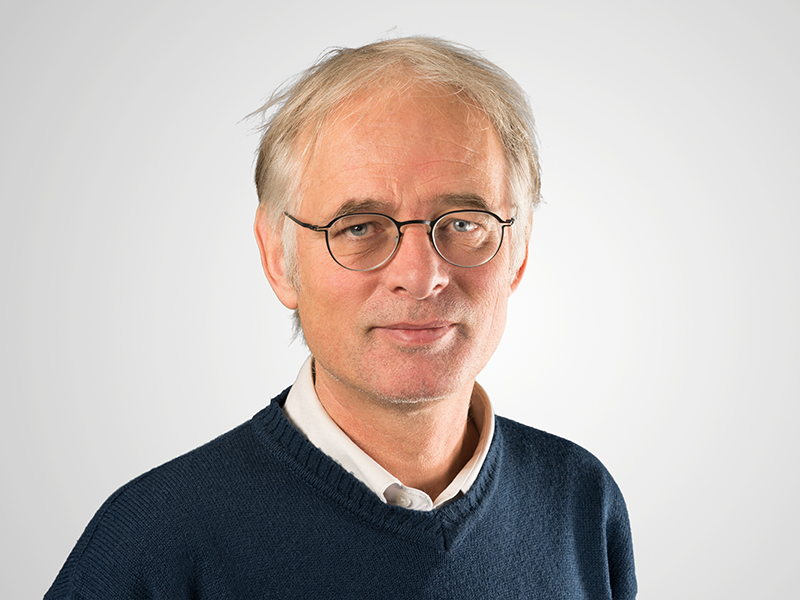
Dirk van der Marel
Dirk van der Marel received his PhD es science from the University of Groningen, in 1985. He worked as a research associate for Philips in Eindhoven and then joined the University of Delft as an assistant professor and later as an associate professor. In 1992, he became full professor at the University of Groningen and in 2003 at the University of Geneva. He was director of the condensed matter physics department in Groningen and then in Geneva, president of the Physics section in Geneva and member of the research council of the Swiss National Science Foundation. His research focused on collective electron behavior, superconductivity, magnetism, metal-insulator transitions, quantization of conductivity and optical phenomena related to superconductivity and magnetism. He taught courses in thermodynamics, quantum mechanics, condensed matter, superconductivity, and physics of music. He received the Frank Isakson Prize for Optical Effects in Solids “For insightful experiments and analyses on a wide variety of quantum solids with strong electronic correlations in general, and cuprate superconductors in particular, using optical spectroscopy”. He is emeritus professor.
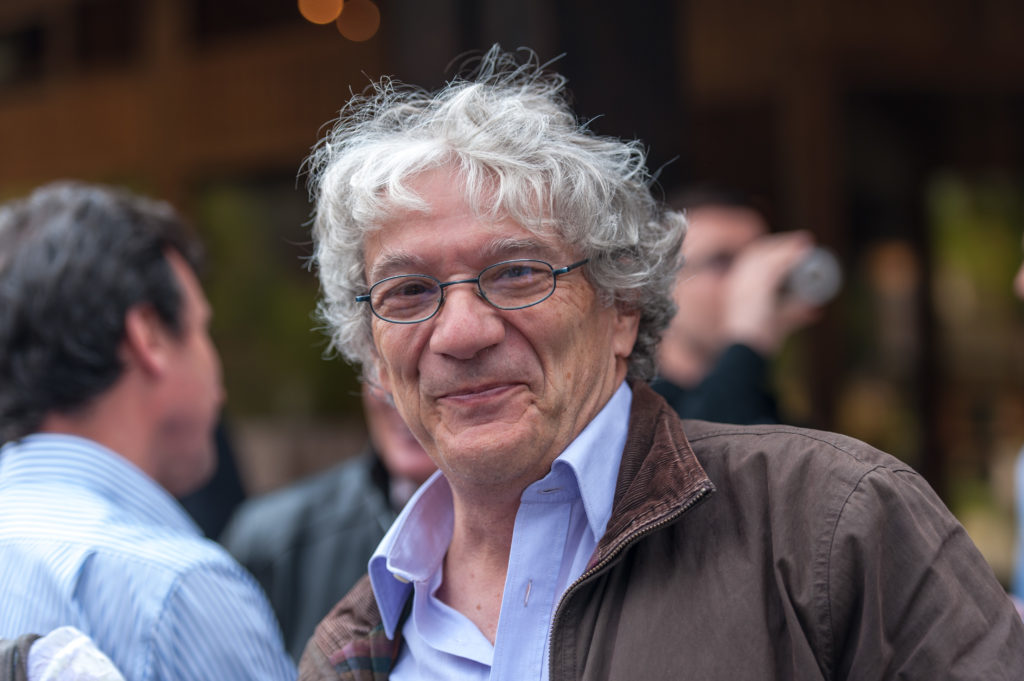
Michel Decroux
Michel Decroux received his PhD in 1980 from the University of Geneva. Appointed senior research and teaching assistant in 1981 at the UNIGE, he worked then as a researcher at the University of California in San Diego from 1982 to 1983, before returning to Switzerland to the University of Neuchâtel. He was appointed senior lecturer in the Department of condensed matter physics at the UNIGE in 1986, then adjunct professor in 2008. Throughout his career, Michel Decroux developed cutting-edge research activities and was exceptionally involved in teaching. His general physics lectures were particularly appreciated by the first-year medical students. He is a specialist in conventional and high temperature superconductivity. He is interested in the fundamental and applied aspects of these complex materials and worked on applications of superconductors in collaboration with industry, for example in the development of current limiters or photon detectors.
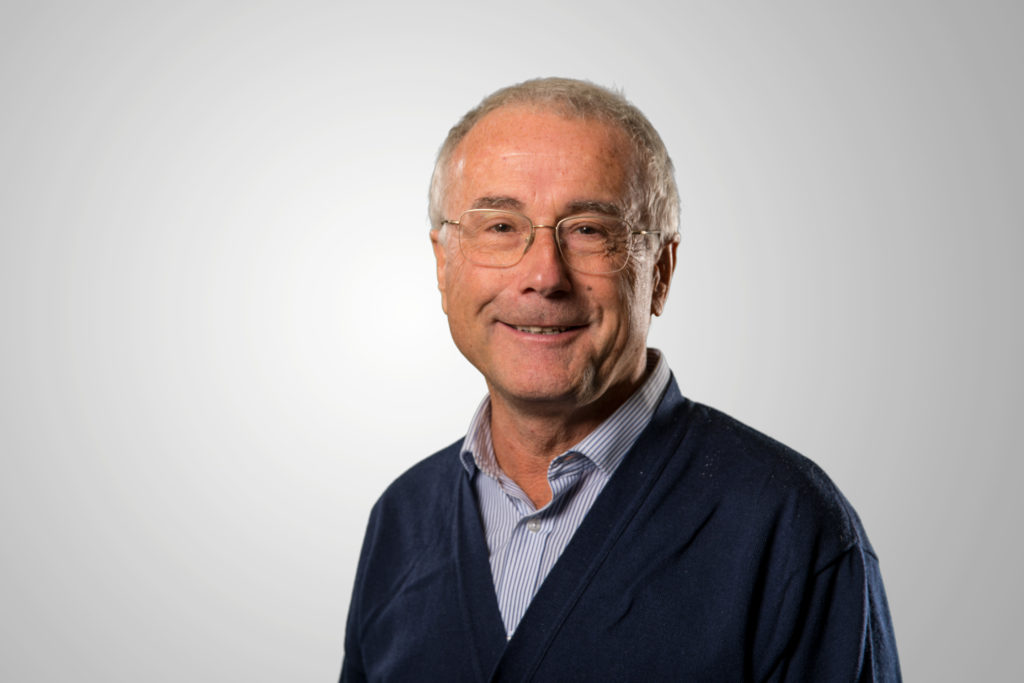
Didier Jaccard
Didier Jaccard obtained his PhD from the University of Geneva in 1976. Appointed senior research and teaching assistant at the UNIGE in 1981, he became later researcher at the CNRS Centre de recherche sur les très basses températures in Grenoble from 1982 to 1984, and visiting professor at the University of Grenoble. Back at the UNIGE, he was appointed senior lecturer in the Department of condensed matter physics. He was a member of the “European high pressure research group” from 2002 to 2006 and was invited to Osaka University as a visiting scientist in March 2006. In 2009, he was appointed adjunct professor at the University of Geneva. Didier Jaccard is a world-renowned experimentalist and one of the leading specialists in high-pressure transport measurements. His best-known results include the first demonstration of the superconductivity of a heavy fermion compound just at its antiferromagnetic instability – one of the highlights of unconventional superconductivity – and the detailed study of pressure-induced superconductivity of iron.
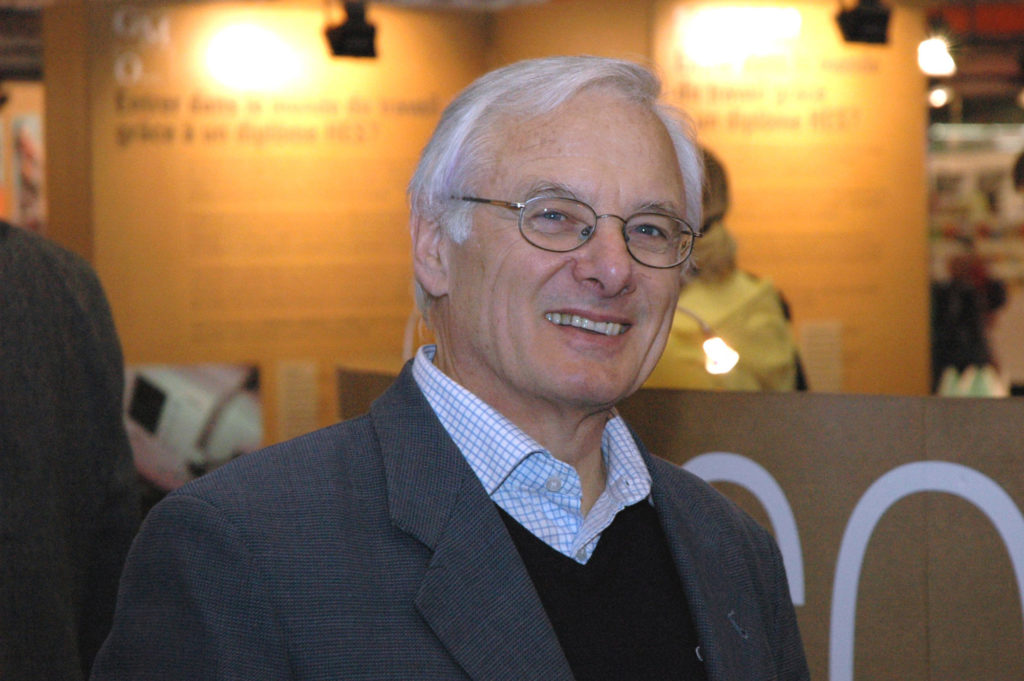
René Flükiger
René Flükiger obtained his PhD from the University of Geneva in experimental physics in 1972. After working as a postdoc in the Department of condensed matter physics at UNIGE, he worked for a year as invited scientist at MIT (USA). In 1979, he joined the Nuclear Research Center in Karlsruhe (Germany), where he built up and directed the group of applied superconductivity. He was appointed full professor at UNIGE in 1990 and was president of the Physics section from 2000 to 2005. His scientific activity was originally centered on the fundamental properties of superconductors but was later extended to applied superconductivity. During his whole career, he worked in the field of metallurgy of superconductors, searching for an optimization of their properties in view of various applications. He developed new methods for studying details of high temperature phase diagrams in systems containing the superconducting compounds A15, Chevrel phases and MgB2 (wires) and Bi2223 (tapes). A main part of his activity was concentrated on the development, the fabrication and the optimization of these systems in view of applications. In particular, he worked with Bruker Switzerland for developing superconductors for NMR magnets with fields >20T and with the watch industry. He has been recipient of several international awards: in 2005 for «Significant and Sustained Contributions in Applied Superconductivity » from the Institute of Electronic Engineers (IEEE) and 2011 for « Cryogenic Materials for Lifetime Accomplishments » from the international cryogenic materials conference in 2011. He worked up to 2017 as invited scientist at CERN.
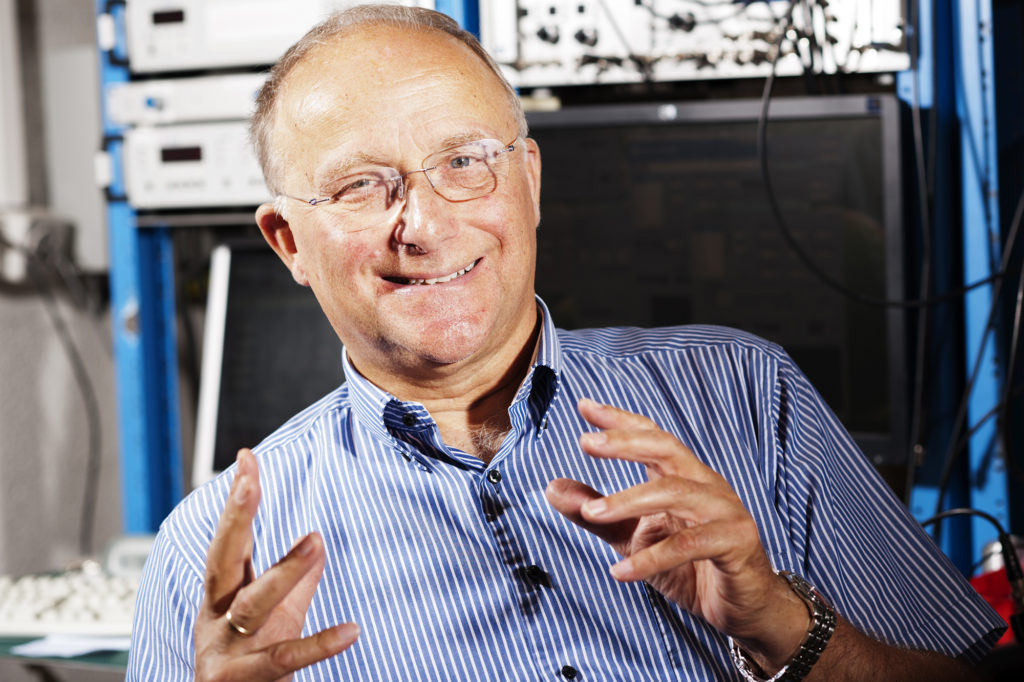
Øystein Fischer (1942-2013)
Øystein Fischer obtained his PhD degree from the University of Geneva in experimental physics in 1971. The same year he was appointed assistant professor in the Department of condensed matter physics at the UNIGE and then full professor, in 1977. Øystein Fischer was the founder and director of the Swiss National Center of Competence MaNEP (Materials with Novel Electronic Properties), dedicated to exploring materials of the future. He dedicated much of his career to studying superconductors and their applications. In 1975, he synthesized the first superconducting compounds (Chevrel phases) containing a regular lattice of magnetic ions – a discovery which launched a decade of international research concerning the interaction between magnetism and superconductivity. This research culminated in 1984 with his discovery of magnetic field induced superconductivity in these same materials. He also made a sustained effort growing the first artificial superlattices of HTS cuprates which contributed to the now rapidly developing fields of oxide thin film heterostructures and oxide interface physics. The last two decades of his research mainly focused on applying the scanning tunnelling microscope (STM) to studying HTS materials. This enabled his team to observe the vortex cores and the pseudo-gap in cuprate high-critical-temperature superconductors, highlighting some of the key differences between these novel systems and classic superconductors. Committed to promoting Geneva’s development, Øystein Fischer initiated ‘The Centre of physical and mathematical sciences’, one of the leading projects of the University of Geneva. He received numerous awards and distinctions, including ‘Doctor honoris causa’ from the Universities of Rennes and Neuchâtel ; the Gunnar Randers Research Award ; the endowed ‘Tage Erlander’ Chair from the Swedish Council for Research and the prestigious Kamerlingh Onnes prize.
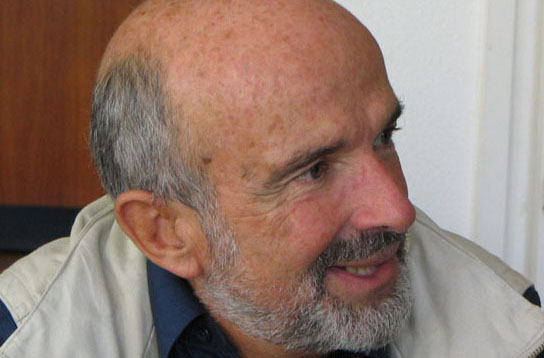
Alain Junod
Alain Junod obtained his PhD from the University of Geneva in 1974, and the DAVY award in 1977. After being successively appointed chef de travaux, research fellow and senior lecturer at the Department of condensed matter physics of the UNIGE, he led an experimental research group as adjunct professor from 1999 to his retirement in 2005. A semester as visiting researcher at the CNRS (Centre de recherche sur les très basses températures in Grenoble) led to a fruitful and friendly collaboration. Students and post-docs from China, Japan, Russia, Poland, Germany, France and Switzerland had the opportunity to join his multicultural group. With more than 200 publications in peer-reviewed journals, including reviews, Alain Junod was recognized as a world specialist in the field of the specific heat of superconductors and other new materials, in particular in very high magnetic fields. His temporary position as assistant curator at the Museum of History of Science in Geneva initiated a continuing interest in historical scientific instruments.

Jérôme Sierro
In 1958, Jérôme Sierro obtained his diploma at the ETH Zürich under the direction of Alex Muller, and in 1962 his PhD at the University of Geneva. As a chef des travaux, he joined Martin Peter at the UNIGE Institute of experimental physics, which became a few years later the Department of condensed matter physics. In 1963, Jérôme Sierro joined the Argonne national laboratory near Chicago. Back at UNIGE a year later, he worked as a research fellow and began teaching. Appointed assistant professor in 1969 and extraordinary professor in 1970, he became a full professor three years later and headed the department twice. His research initially focused on electron paramagnetic resonance. He then became interested in metals and particularly in transport phenomena under extreme conditions. He was member and vice-president of the Swiss National Science Foundation board and participated in numerous international and industrial collaborations. He has also received the Vacheron Constantin prize.

Jean Muller (1929 – 2012)
After obtaining his PhD degree at the ETH Zurich, Jean Muller worked there as an assistant professor from 1961 to 1964. Then he joined the University of Geneva, where he was appointed assistant professor and, in 1971, full professor. He was dean of the Faculty of Science from 1972 to 1977. Up to his retirement (1995), Jean Muller worked in the Department of condensed matter physics in the field of superconductivity. He was one of the first researchers recognizing the connection between superconducting properties and the crystal structure of solid materials, formed either by melting or by powder metallurgy. Searching for the enhancement of the superconducting transition temperature, Tc, in solid materials, he was particularly interested in the correlation with their electronic density of states, which were determined by a specific low temperature heat device developed in his group. The high quality of experimental results obtained in the group of Jean Muller in the field of superconductors was determinant for many theoretical works before the discovery of high Tc materials.

Georges Bene (1919-2007)
Teacher in 1939, Georges Bene resumed his studies and obtained his PhD in physics in 1951 at the University of Paris Sorbonne. He then joined the Department of experimental physics at the University of Geneva, first as a lecturer, then as an associate professor in 1956, extraordinary professor in 1961 and full professor in 1969. At the same time, he was senior researcher at the CNRS and full professor at the University of Grenoble. He conducted research on nuclear magnetic resonance liquids at the DPMC and in his laboratory in the woods of Jussy. Georges Bene was very active in the Groupement Ampère working on radio spectroscopy and magnetic resonance. He was a member of the board and a contributor to the creation of the European Physical Society.

Martin Peter (1928 – 2002)
Martin Peter obtained his diploma in physics at the Zurich federal polytechnic Institute in 1952 with the highest scores and received on this occasion the KERN medal. Then, he joined the Massachusetts institute of technology, USA, as a research assistant, obtained his PhD in 1955 and two years later worked for Bell laboratories in New Jersey. In 1962 he took over the direction of the new UNIGE experimental physics Institute, which became the Department of condensed matter physics in 1970 and that is today the DQMP. His research focused on superconductivity, magnetism, and elasticity. He was both an experimentalist and a gifted theorist. He developed a positron annihilation setup in Geneva to study these materials and was also involved in early attempts at artificial intelligence. Together with V. Jaccarino, he proposed a mechanism to accommodate superconductivity in magnetic systems, known as the Jaccarino-Peter effect. He gave courses in condensed matter physics from 1963 until his retirement in 1994 as an honorary professor. Martin Peter was vice-rector and rector of the UNIGE from 1966 to 1972. He received the gold medal of the Jean Monnet Foundation in 1992 and was awarded honoris causa by the EPFL in 1990 and by the University of Basel in 1994. He was also president of the E. and L. Schmidheiny foundation in Geneva and received the Prize of the Ville de Genève in 1994.